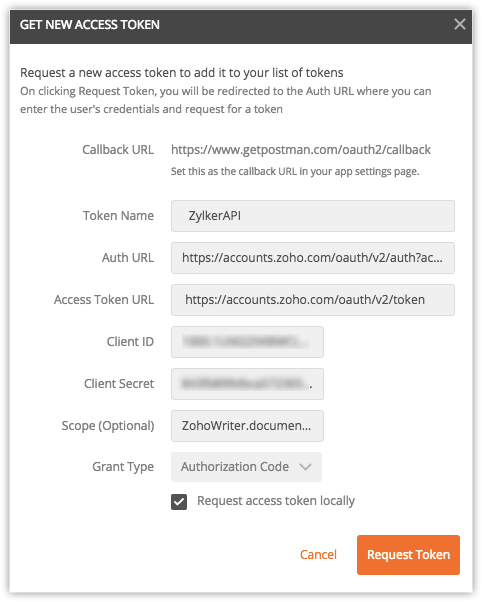
One of the most popular HTTP clients is Postman. In addition, browsers have tight security policies that prevent changing things like the Origin header Putting the URL directly in the browser, but browsers can get in the way via local caching so you really don’t know what’s Sure, you could just fire off a GET request by Whether your a mobile app developer testing requests against a back end or developing and running your own service.

Most web developers will need to send API requests at one point or another. This post organizes the various tools by its use case. While this post focuses on development,Įxpect a followup post on the best tools for delivering reliable APIs in production. Often while developing and working with APIs. We thought we’d share some of the best ones we really liked and use Our own API to “eat your own dog food”, but we also use many other tools, many of them free. Of course, we use our own API analytics on Some of these are internal APIs powering our various services, while others are externalĪPIs such as our payments provider or authentication service.īoth from internal and third-party sources. Let me know in the comments if you face any problems with this.As we developed the Moesif API analytics platform, we needed to create and use many APIs. Make sure that the common name of the certificate while generating the certificate is localhost. This method also works for certificates for localhost. This should only be done for verified IP addresses. Do make sure that you have verified the IP where the certificate comes from. The SSL warning will not show up in Chrome even if you restart the browser. You should be able to fire requests to the endpoints validated by this certificate. Go to Chrome > Settings, search for SSL (chrome://settings/search#ssl) and click on Manage certificates Select Export and save the file on your diskģ. Select the file you saved on your disk in step 3.Ģ. Go to the Trusted Root Certification Authorities tab and click on importĦ. Go to Chrome > Settings, search for SSL (chrome://settings/search#ssl) and click on Manage certificatesĥ. In the certificates window, go to the Details tabģ.Close Keychain Access and restart Chrome.Once the certificate is added, double click it to open more details.Add the certificate to the System keychain and select “Always trust”.Double click on the file to open the OS X Keychain Access tool.In the dialog that comes up, click ‘View Certificate’, and drag the certificate icon to your desktop to create a *.cer file.

Chrome uses the underlying OS layer to handle SSL certificates. The dialog that comes up now depends on the operating system you are on.
#GET POSTMAN EXTENSION DATA FOR CHROME FROM LOCAL MACHINE MAC#
If you’re using the Mac app, head to our documentation for details on ignoring SSL errors. This post is applicable to the Postman Chrome app only. 2020 Update: If you want to dig deeper into self-signed SSL certificates, check out our related post called Troubleshooting Self-Signed SSL Certificate Issues and More in Postman.


 0 kommentar(er)
0 kommentar(er)
